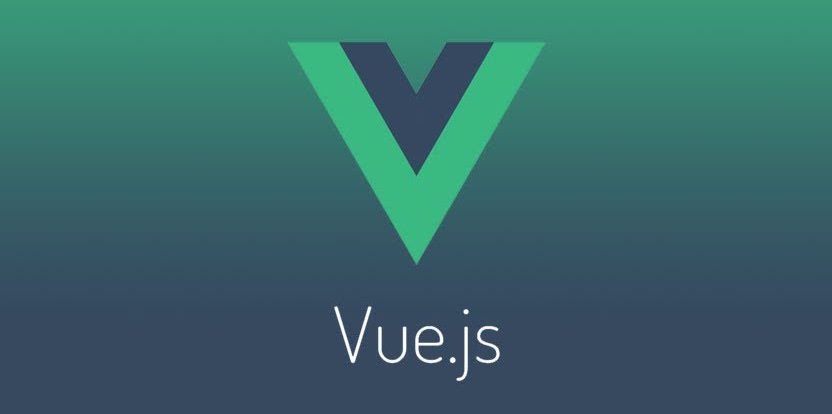A few more VueJS 2 tweaks for the beginners
My experience with this new front-end JavaScript framework

This is my second blog post about VueJS 2. In the first one, I covered my initial impressions and how to work with SVGs. In this second post, I'm going to talk about some bits and bobs that I've discovered and that it wasn't that straightforward to figure out.
Before you continue reading, remember that I'm using the Vue webpack boilerplate, so all my tweaks are customized for it. Nonetheless, if you are not using this boilerplate, you might be able to grasp the ideas and apply them to yours.
How to setup SASS with global files
One of the first things you might want to do is to structure your Vue app with proper SASS global mixins, variables, elements, etc. To do so, you need to create a central scss file with all the @import statements to other global or common files like variables.scss, mixins.scss. There are several ways of doing that (as usual), but I've found the following one, the easiest:
Open
build/utils.jsand go to line 43. That's where the SASS loader is. Then replace the line with this:scss: generateLoaders(['css', 'sass?data=@import "~assets/styles/app";'])The previous change will load the
assets/styles/appfile and that's where you have to put all your@imports.You can put another path, but I'm saving all my generic SASS files inside
src/assets/styles
How to send data from a child component to its parent or other components
From the official Vue docs:
All props form a one-way-down binding between the child property and the parent one: when the parent property updates, it will flow down to the child, but not the other way around. This prevents child components from accidentally mutating the parent’s state, which can make your app’s data flow harder to reason about.
So, it seems, in previous versions of Vue, there were two methods, called dispatch and broadcast, that would allow us to communicate between components, but as you can see in the Vue docs, they have been deprecated because they don't scale well.
So, what they propose is to, use a Flux implementation like Vuex, which is explained here, or if your app is not going to be very complex, you can use an event hub or bus. The event hub example is explained here and the bus example is explained here. I believe they are both the same, but the event hub example is more thorough.
If you decide to go with the event hub, then, one aspect that the docs don't cover is how to inject the `eventHub`` object into all the child components from the root component.
In the following example, you can see how to implement the eventHub so that every child component can change a page heading:
- In
main.js, create theeventHuband assign it to Vue:
const eventHub = new Vue();
Vue.prototype.$eventHub = eventHub;
- Then, pass the variable to Vue:
new Vue({
router,
eventHub,
...
- Now you can start using
emitandonin your child components. Every time youemita value, it will be sent to all components and only those who have a listener (on) for that event, will get the value.
this.$eventHub.$emit('whateverChanged', this.passThisValue);
this.$eventHub.$on('whateverChanged', this.callThisFunction);
Useful VUE 2 videos and libraries
- If you need a CSS library and you are tired of Bootstrap, I recommend Vue Material. It's super easy and works very well
- If you need to load JSON, use Axios. Vue-resource is no longer maintained.